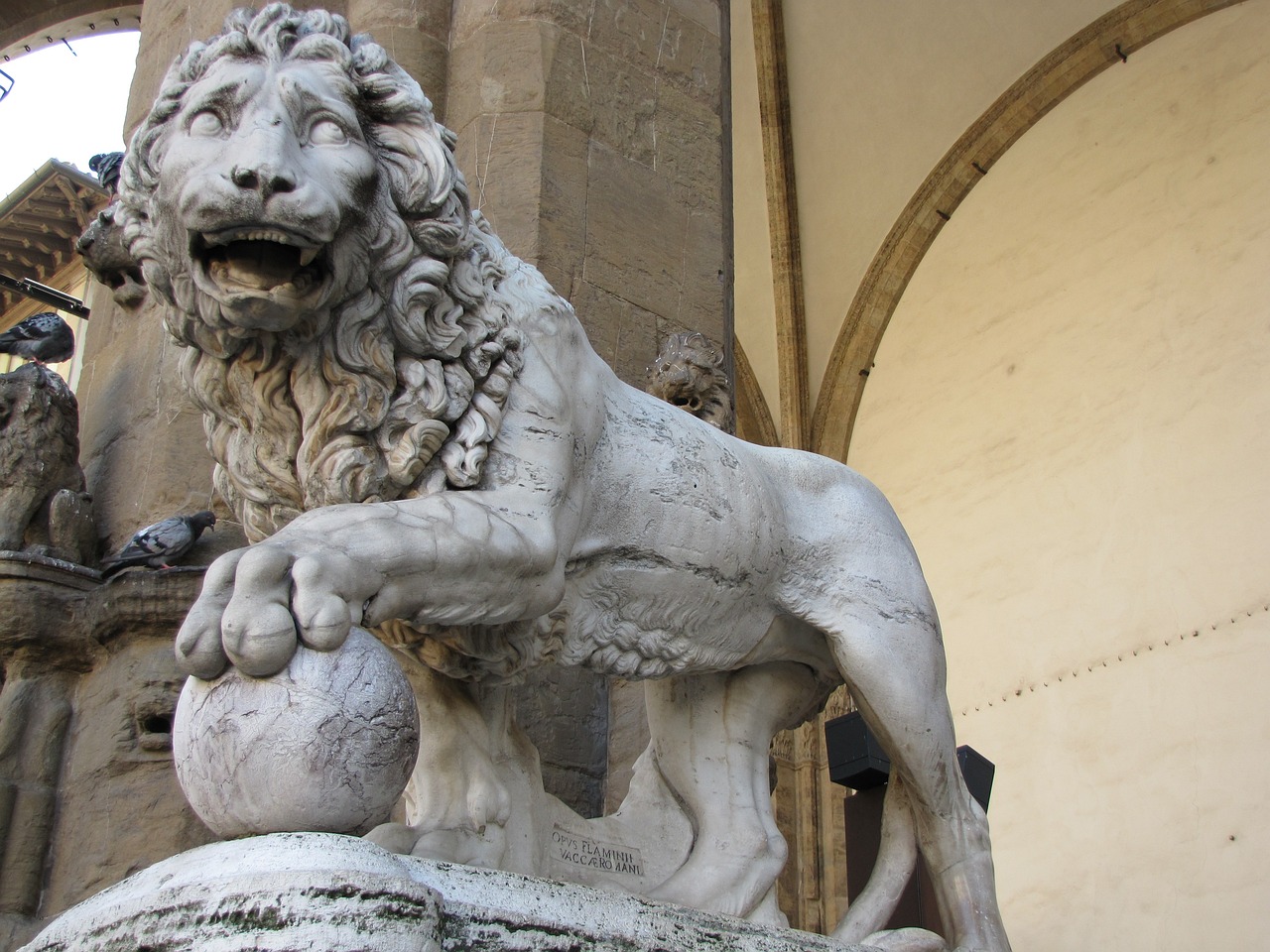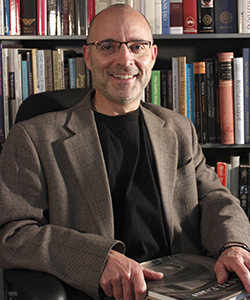
The Renaissance period is famous for its iconic works of arts and its subsequent rediscovery or “rebirth” of classical philosophy, literature and art. It is generally agreed that the Renaissance took place from the 14th to 17th centuries, and with its long span of time came dozens and dozens of influential artists.
The period’s vast array of artists makes it difficult for many to agree on who was the most important, but Tom Russo, Ph.D., Professor of Art and Art History at Drury University, gave The Scoop his thoughts of who the most notable were. Prof. Russo is also the Associate Dean of Drury’s Study Abroad program, and his teachings focus on an array of topics, including ancient, medieval, and Islamic art and architecture, historiography, and women in the Middle Ages, all of which make Prof. Russo uniquely qualified to give his take on the artists of the Renaissance.
5. Giotto
Giotto played a decisive role in the development of Italian painting in the 14th century and beyond. Prof. Russo mentions how Giotto was the first artist to emphasize the realism of space and form, with a strong emphasis on pictorial humanism, which was the element of seeing life and human nature as it truly was. What Giotto worked with were all foundational ideas of the Renaissance.
4. Brunelleschi
Considered to be one of the founding fathers of the Renaissance, Brunelleschi worked mainly in architecture as a form of art. Prof. Russo notes how Brunelleschi developed the linear one-point perspective, which would go on to rule pictorial representation up until the early 20th century. Prof. Russo also emphasizes that Brunelleschi would be a major influence for the rebirth of classical forms in Renaissance architecture.
3. Donatello
Prof. Russo says, much like his friend Brunelleschi, Donatello helped to foster the rebirth of classical formal elements, but in sculpture. Within his works of sculpture in bronze, marble, and wood, Donatello single-handedly brought back the free-standing nude male figure form from its more classical past back into the early Renaissance’s new present.
2. Sofonisba Anguissola
Anguissola was born to a relatively poor family and was active during the late Renaissance period. She was most greatly known for her works in portraiture. Prof. Russo calls her a groundbreaker, and not only for her role in the female artists of history. Prof. Russo mentions that not only did Anguissola attain contemporary fame in Renaissance Italy, but was even named a court painter in King Philip II of Spain, an honor for any artist of the period, male or female.
1. Michelangelo
Michelangelo is perhaps the most well-known name in Renaissance history. Prof. Russo calls him a true “Renaissance” individual, citing his vast work as a sculptor, painter, printmaker, sketch artist, architect of amazing skill, and also a poet. Michelangelo’s most famous works span from the stunning marble Pietà, frescoes on the ceiling of the Sistine Chapel in Vatican City, and the dome of Saint Peter’s Basilica. Prof. Russo states that Michelangelo has had more impact on subsequent art, artists, and art styles in Western culture than any other artist.
